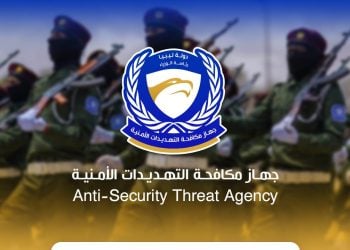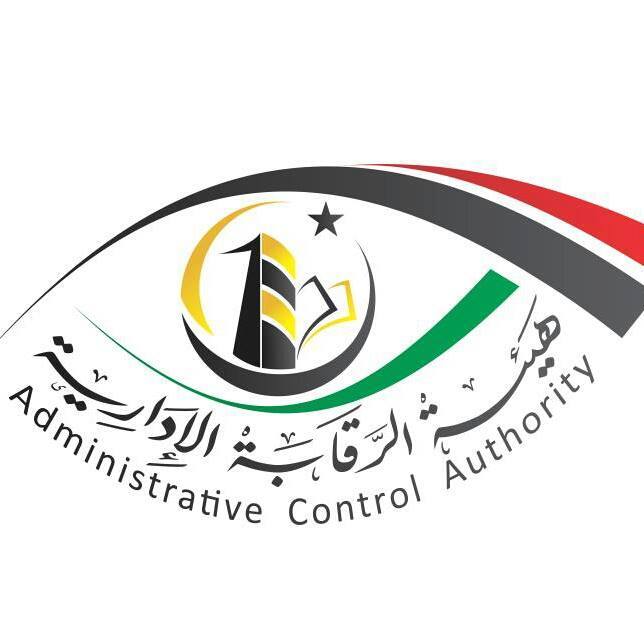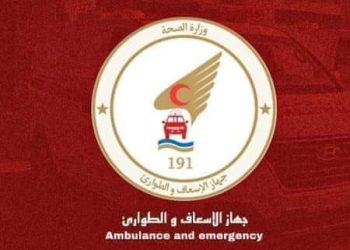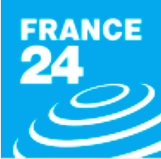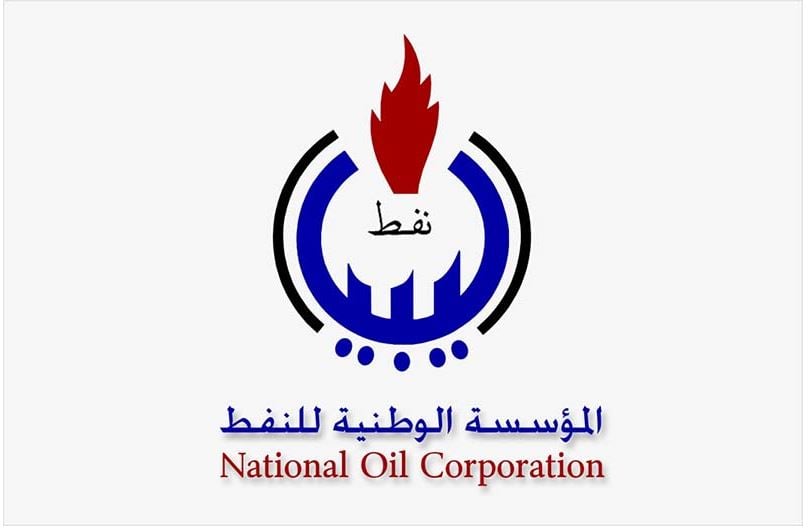By Libya Herald reporter.
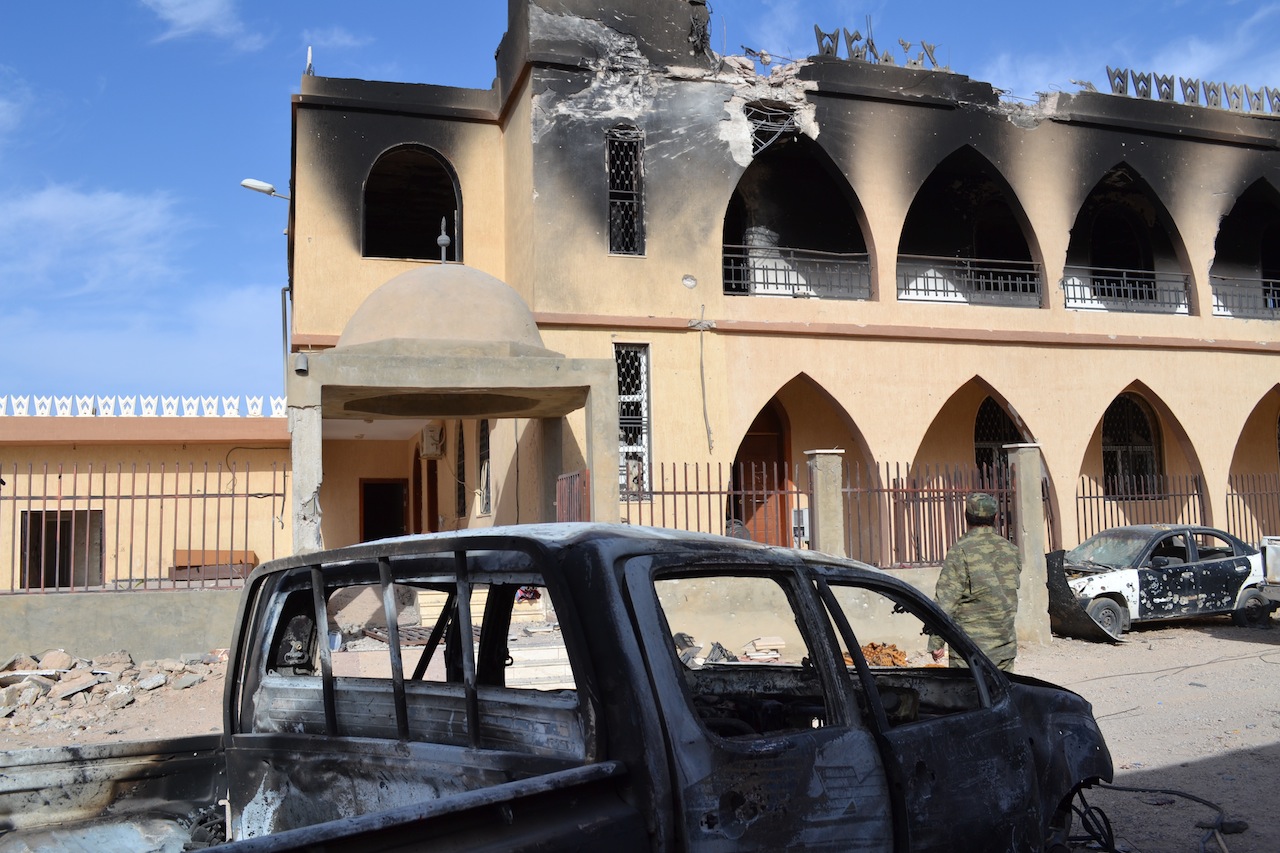
Tripoli, 19 November 2014:
There have been claims and counter claims about who controls the strategically important town of . . .[restrict]Kikla, in the Jebel Nafusa. A Libya Herald reporter has just been there and explains the situation.
Libyan Dawn controls the north Kikla area but Zintani forces operating as part of the Libyan National Army have the upper hand in the rest of the town. All women and the children have left; the fighting between Libyan Dawn and the Zintanis continues and is particularly heavy.
Mustafa, a 4×4-Hilux-Toyota driver, stops at the top of an hill and warns: “Keep your head down. It is open terrain for few hundreds metres. Zintanis can fire at us. It will be shaky.” Indeed, despite the narrow, bumpy, winding road, Mustafa drives the Japanese vehicle as fast as he can. He stops the engine in front of Awlad Bouzir mosque, the furthest point held by Libyan Dawn in Kikla. A semi automatic rifle in one hand and binoculars around his neck, Mustafa is proud to introduce his “brothers-in-arms” and to make a visit of the frontline. The Awlad Bouzir mosque used to be an hospital for Libya Dawn until 7 November when Zintanis shelled it. Now it is used as a resting area where fighters can have a quick lunch and can sleep between clashes.
According to medical and military sources, Zintan controls between 70 and 80 percent of Kikla. Libyan Dawn occupies the extreme north of the urban zone.
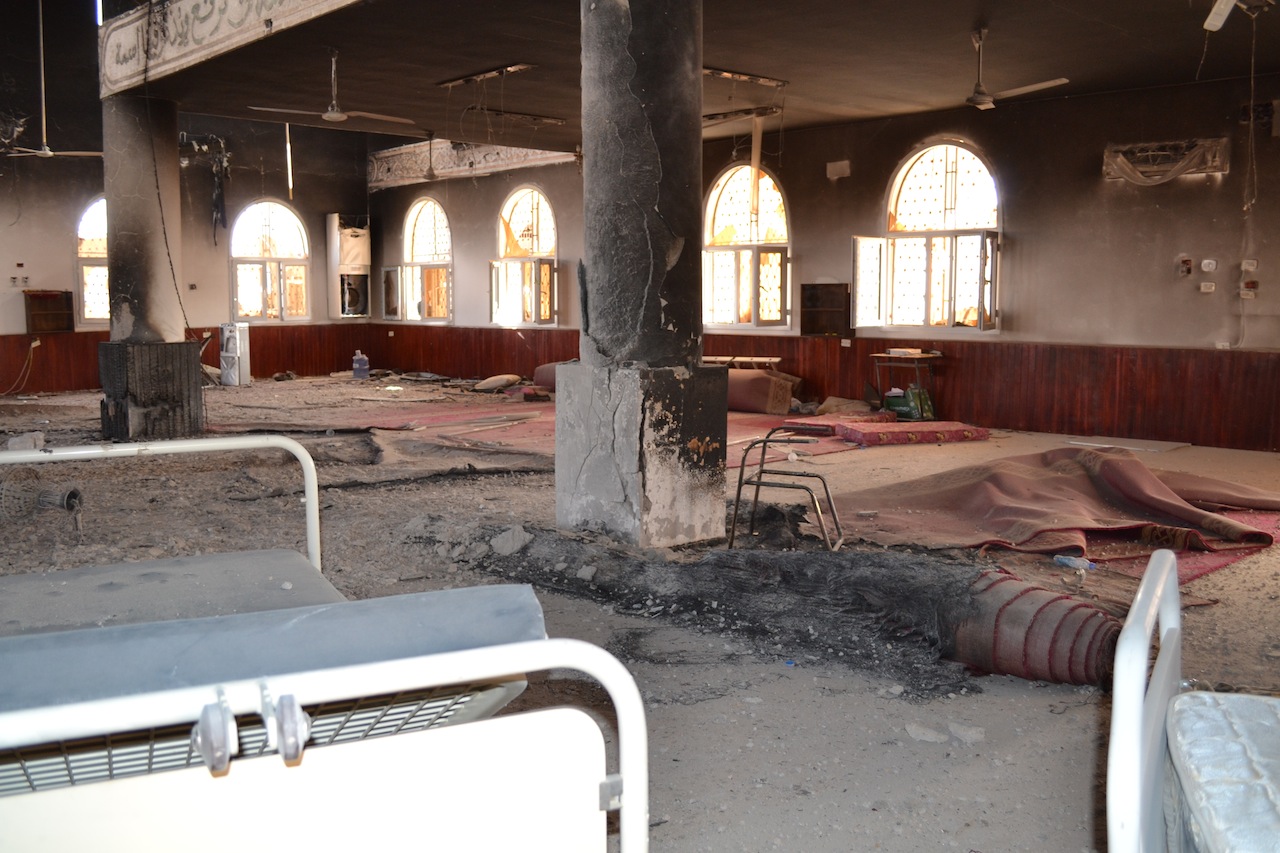
“Always my PKT with me”
“We are here because the Zintanis are the same as Qaddafists and they are thieves”, Fathi, 50, from Zawia, explains to the Libya Herald. “Qaddafists” and “Klifti” (“thieves”) – the two words are continuously repeated by the fighters. From the top of the mosque, Mustafa points to a building about 100 metres away: “There is a sniper there. The building is controlled by Zintanis.”
The sniper was remained silent but heavy weapon blasts (and the takbirs – “Allahu Akbar”) regularly break the silence. “I have always my PKT (Soviet-era machine guns to which revolutionaries welded manual triggers in 2011). It is my only chance against their tanks.” As he is speaking, two kids, one of whom is wearing a helmet, run inside the mosque. “Look! They are only 11 and12 year-old boys [more likely 15 to 16] and they want to fight Zintanis”, Fahi says.
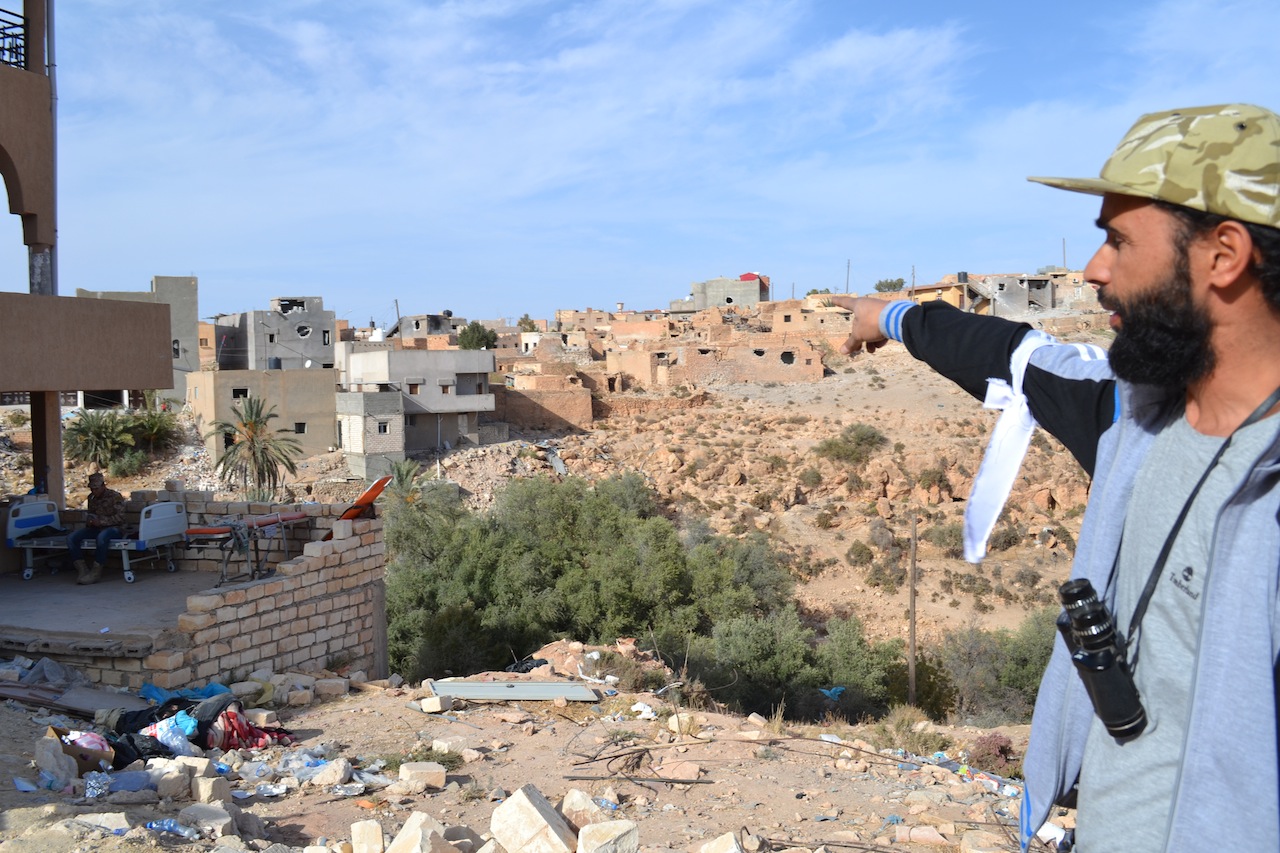
We can see a huge number of Libyan Dawn fighters are young, between 17 and 25. All Libyan Dawn fighters carry two things on the frontline – their guns and a white strip tied around their arm, leg, head or even around their weapon magazines in order to recognise “the friends in the battlefield” as Mustafa put it.
“We face two main difficulties in this battle,” Walid, a Libya Dawn fighter from Kikla told the Libya Herald. “First, Zintanis control the old city which is located above our stronghold, so we are easy targets for them. And they have heat-seeking missiles”. He himself was injured on his right side as he escaped from an ambush. Libyan Dawn fighters smear their vehicles with mud to minimise the risk of being spotted by Zintanis snipers in the Jebel.
“2.500 fighters who come and go”
In the Libya Dawn headquarters that was used to be a school, commanders produce gas masks to journalists, although when interviewed no fighters ever mentioned being attacked with gas. Libyan Dawn had heavy weapons and ammunition as well, such as 107-mm rocket launchers and TNT 105H shells, and most of the pick-up cars has been reinforced with metal sheeting to provide armour plating. The school is also used as a food and medications warehouse and as the office to dispatch fighters coming from Zawya, Tripoli, Gharian, Sorman, Misrata, and elsewhere to fight against the Zintanis. “We have about 2,500 fighters in Kikla. They come and go. Zintan is just 40 kilometres from us”, a commander said.
Ironically, the school walls are covered with electoral posters about voting to House of Representatives last June – elections that Libya Dawn reject.
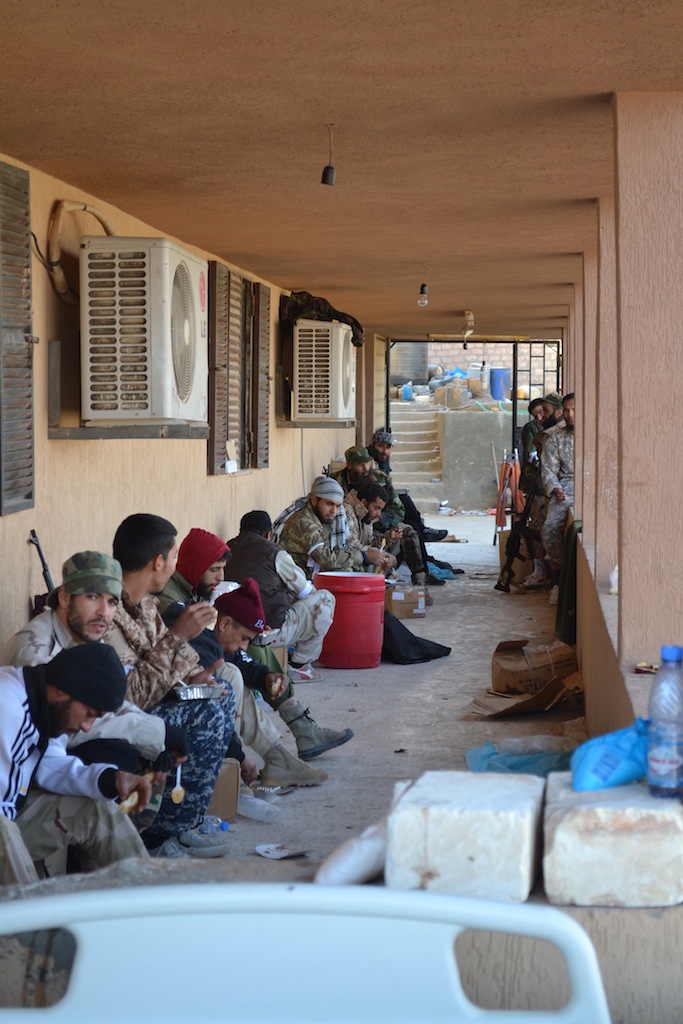
Inside the field hospital
Dr Ayman Harama has been working in the Libya Dawn field hospital in Kikla for a month. “We have registered 168 men killed and more than 800 injured. Fighters are young, especially those from Kikla. At the beginning of the war, they were not trained to fight so we had a lot of patients every day. Now, hard days are only after heavy fights”, he said.
All the medical staff had to move from the Awlad Bouzir mosque when it was hit. The new location, which they want to remain secret in order not to be targeted, has ten beds and monitoring machines but no sterile room for surgery. “What we need the most is analgesic drugs. Injured fighters suffer a lot from pain.” Dr Harama said. The hospital is not fitted to take care of serious injured fighters, so they are brought to Yefren, Gharyan or Zawia hospitals by ambulance cars – as the Libya Herald witnessed.
The medical situation is probably worse in the other side because Zintanis cannot use the road to Tripoli anymore. The only way to find a suitable hospital is to cross the border to Tunisia or Algeria. [/restrict]

